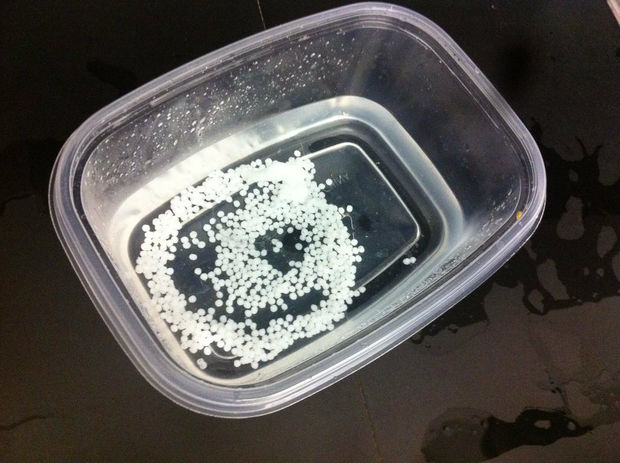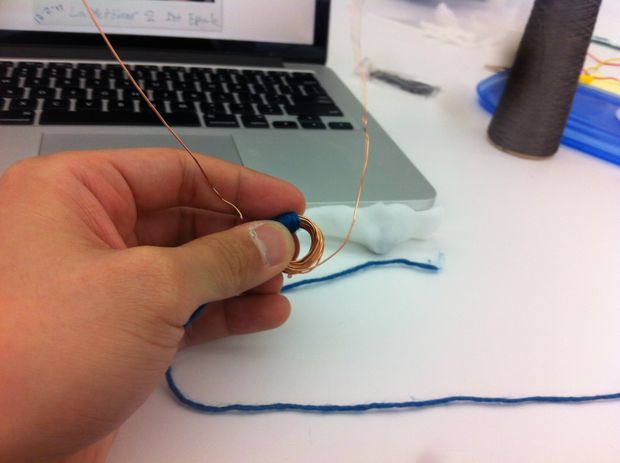A game about crossing the ocean as a refugee. The concept experiments with the form of a game to crystallize the struggles of refugees.
Slideshow for game mechanics:






Playtesting
Two players test the game. It is apparent that the possibility of the boat tipping over makes them nervous, playing a crucial role in the experience. Much like the suspenseful game Jenga, the game where players must dismantle a tower of wooden blocks without toppling it.
Feedback
At the end of the game, the players are asked to give their impressions and feedback of the game and its experience.
This game acts as a commentary on systems by merging difficult topics with traditionally whimsical forms. The concept originated from my fascination with flip dots.
Flip dot demonstration
A single flip dot is engaging, but a grid of flip dots could be compelling. Could the interactivity be used in a game?
I imagined a matrix of flip dots, which made me think of a grid-based game like "Battleship." But because I'm critically-minded, and politically aware, I thought, what if the objective was not to sink an opponent's battleships, but refugees, to keep them from reaching the player's shores?
My instructor, who cautioned me to pursue the topic carefully, proposed a different mechanic: what if trying to overturn an opponent's boats, players would take turns taking a single boat from one end of the board to the other?
I seized on the suggestion, because it changed the narrative of the game. Instead of sabotaging each other's efforts, players would then take turns trying to get across, which emphasized teamwork. Which emphasized cooperation in survival. Which was a better theme, and more true to the struggles of refugees.
Making polymorph boats
Testing the electromagnetic coils
Testing the polymorph boat on magnetized wire coil.
Testing the boat with polymorph people on it.
Similar to my game "Pusher," this project questions the concept of a game when it is based on a human rights crisis and struggle for people to survive violent systems.














